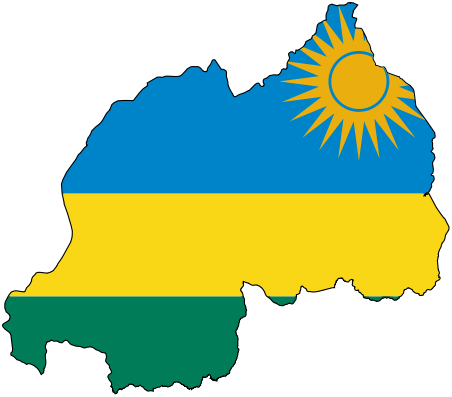Environmental System Science (ESS)
The BER ESS program goal is to advance an integrated, robust, and scale-aware predictive understanding of terrestrial systems and their interdependent microbial, biogeochemical, ecological, hydrological, and physical processes.
To support this goal, the program uses a systems approach to develop an integrative framework to elucidate the complex processes and controls on the structure, function, feedbacks, and dynamics of terrestrial systems, that span from molecular to global scales and extend from the bedrock through the soil, rhizosphere, and vegetation to the atmosphere.
The ESS program scope advances foundational process knowledge with an emphasis on understudied ecosystems.
Supported research emphasizes ecological and hydro-biogeochemical linkages among system components and characterization of processes across interfaces (e.g., terrestrial-aquatic, coastal, urban) to address key knowledge gaps and uncertainties across a range of spatial and temporal scales.
Incorporation of scientific findings into process and system models is an important aspect of the ESS strategy, both to improve predictive understanding as well as to enable the identification of new research questions and directions.
To support this goal, the program uses a systems approach to develop an integrative framework to elucidate the complex processes and controls on the structure, function, feedbacks, and dynamics of terrestrial systems, that span from molecular to global scales and extend from the bedrock through the soil, rhizosphere, and vegetation to the atmosphere.
The ESS program scope advances foundational process knowledge with an emphasis on understudied ecosystems.
Supported research emphasizes ecological and hydro-biogeochemical linkages among system components and characterization of processes across interfaces (e.g., terrestrial-aquatic, coastal, urban) to address key knowledge gaps and uncertainties across a range of spatial and temporal scales.
Incorporation of scientific findings into process and system models is an important aspect of the ESS strategy, both to improve predictive understanding as well as to enable the identification of new research questions and directions.
Obtain Full Opportunity Text:
http://grants.nih.gov/grants/guide/pa-files/PAR-11-204.html
Additional Information of Eligibility:
All types of applicants are eligible to apply, except nonprofit organizations described in section 501(c)(4) of the Internal Revenue Code of 1986 that engaged in lobbying activities after December 31, 1995.Federally affiliated entities must adhere to the eligibility standards below:III.A.1.
DOE/NNSA National LaboratoriesDOE/NNSA National Laboratories are neither eligible to submit applications under this FOA nor are to be proposed as subrecipients under another organization’s application.III.A.2.
Non-DOE/NNSA FFRDCsNon-DOE/NNSA FFRDCs are eligible to submit applications under this FOA but are not eligible to be proposed as subrecipients under another organization’s application.
Instead, they must submit their own application as a team member in a multi-institutional team.
If recommended for funding, either as the sole applicant or in a multi-institutional team, funding may be provided through an interagency agreement to the FFRDC’s sponsoring Federal Agency.
Additional instructions for securing authorization from the cognizant Contracting Officer are found in Section VIII of this FOA.III.A.3.
Other Federal AgenciesOther Federal Agencies are eligible to submit applications under this FOA but are not eligible to be proposed as subrecipients under another organization’s application.
Instead, they must submit their own application as a team member in a multi-institutional team.
If recommended for funding, either as the sole applicant or in a multi-institutional team, funding will be provided through an interagency agreement.
Additional instructions for providing statutory authorization are found in Section VIII of this FOA.
Full Opportunity Web Address:
http://grants.nih.gov/grants/guide/pa-files/PAR-11-204.html
Contact:
Agency Email Description:
SC.GrantsandContracts@science.doe.gov
Agency Email:
Date Posted:
2023-10-30
Application Due Date:
Archive Date:
2024-03-30
Social Entrepreneurship
Spotlight
Rwanda as Social Entrepreneur Fund Beneficiary

The Republic of Rwanda has been picked as one of the six African countries as beneficiaries for a new fellowship fund program designed at supporting social entrepreneurs in tackling issues on food security.

